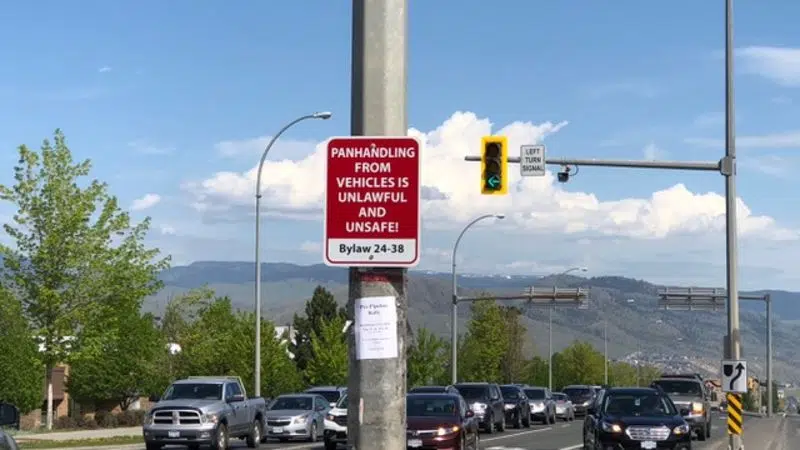
ROTHENBURGER: More on how we try, and mostly fail, to control panhandling
SUPPOSE YOU’RE AT THE BANK MACHINE and there’s a panhandler sitting or standing there and he asks you for some spare change.
Would you feel comfortable sliding your bank card into the machine and withdrawing some cash? Probably not, especially if the panhandler becomes persistent, and maybe follows you down the sidewalk.
Now suppose a bylaws or police officer approaches this same panhandler, who’s parked back at his spot beside the ATM. With no bylaw restricting panhandling, the conversation might go something like this:
“I’m afraid I’ll have to ask you to move along, sir. You’re making people uncomfortable.”


